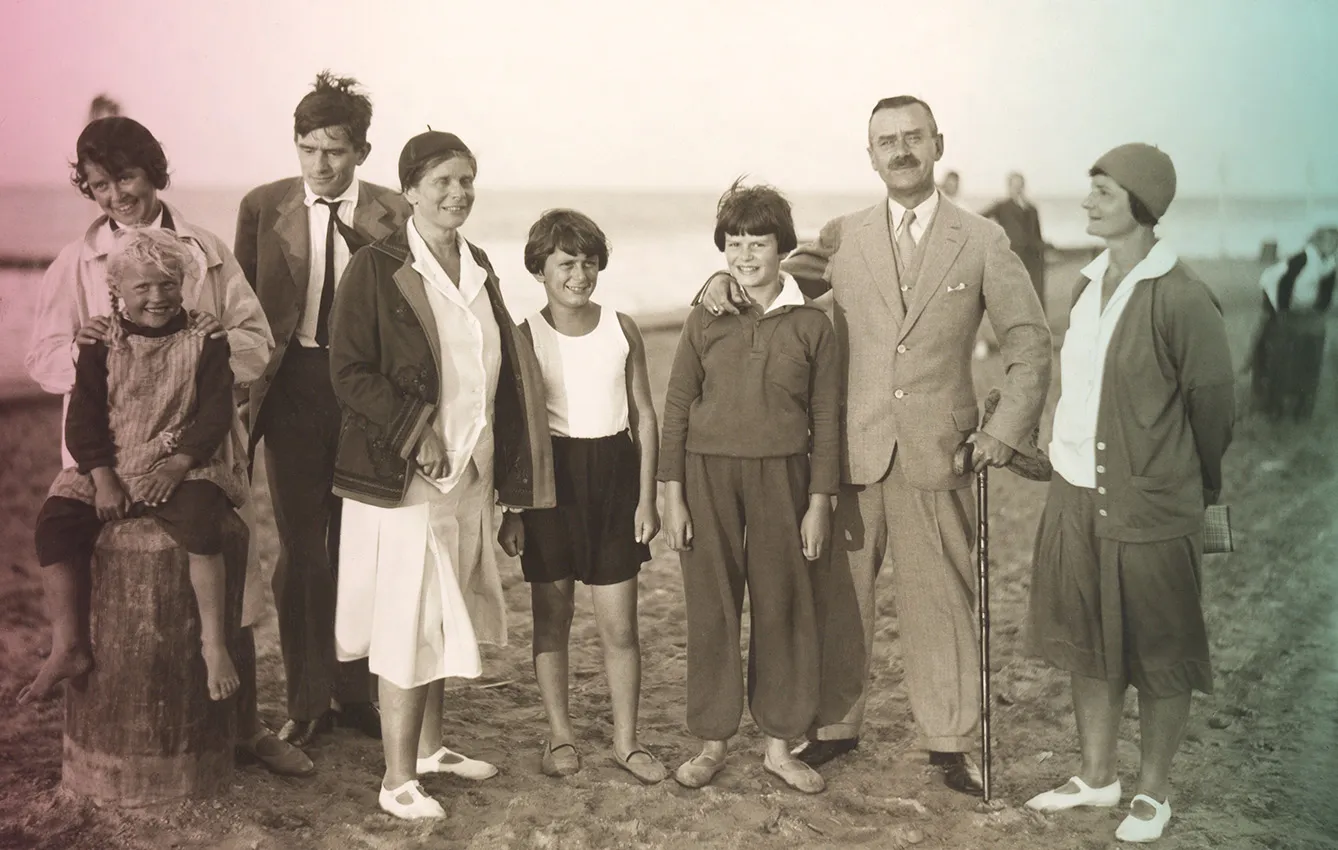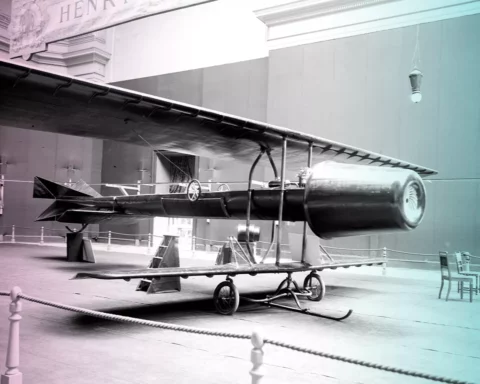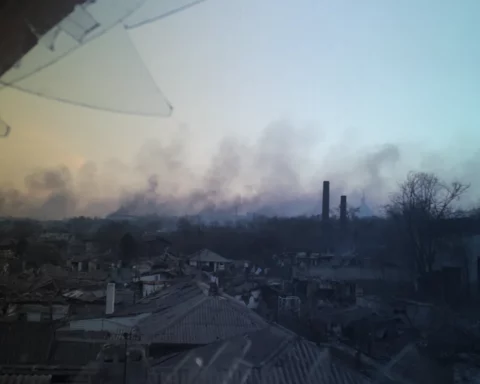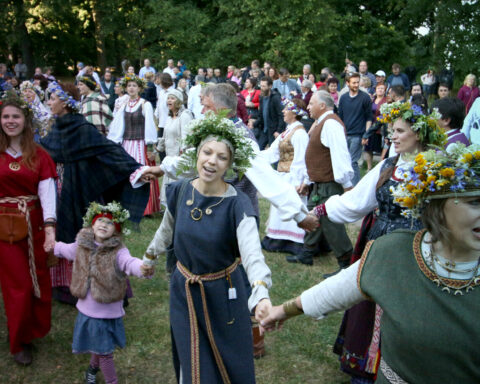The Curonian Spit is covered with the highest sand dunes in Europe and has a history that goes back more than 5,000 years. The name of the Spit is related to the Curonians, a Baltic tribe that lived on the shores of western parts of Latvia and Lithuania. In the medieval period, the Spit was known as a major pagan trading center and a likely starting point of the Amber Road to southern Europe.

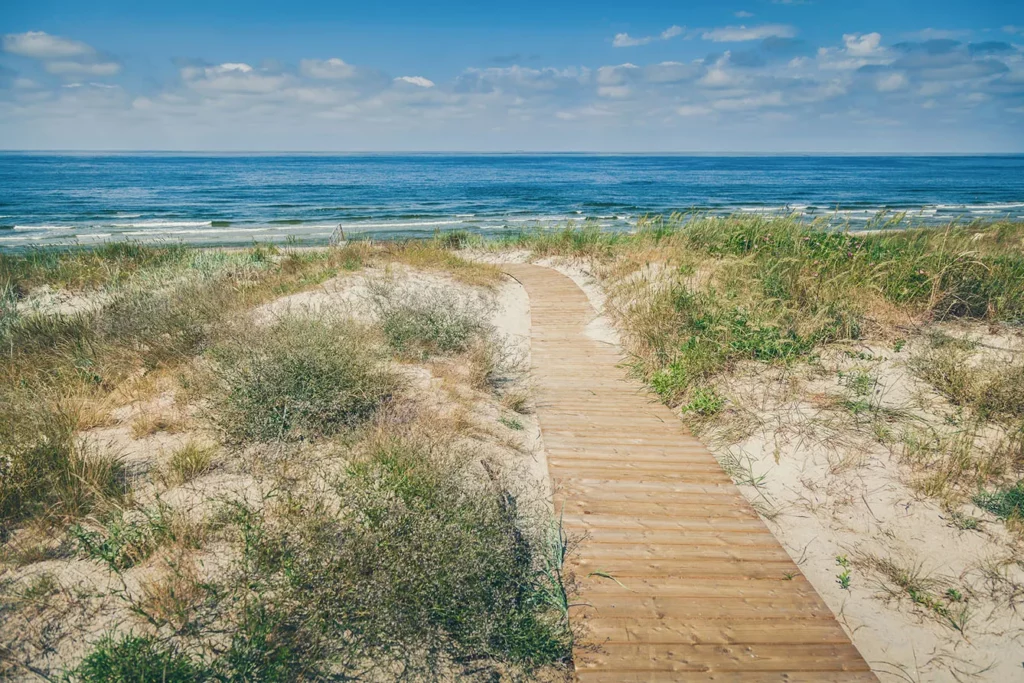
Later, the area was occupied by The Teutonic Knights, who pushed out the ancient inhabitants. In the 15th century, Curonnian Spit became part of the Kingdom of Poland and was subsequently incorporated into the Polish-Lithuanian Commonwealth. Thus, for centuries the governing authorities have changed, but the lagoon seemed to be distant from Europe’s cultural and political stage. The events that shaped history seemed to be far away.
However, it began to change in the late 19th century when the Curonian Spit was within the borders of Germany. At that time, an expressionist artists’ colony began to form in the little town of Nida. Over a few years, it attracted leading painters and poets from all over Germany. Though, the most prominent time of the colony was yet to come. In 1929, Nobel Prize-winning author Thomas Mann visited it for the first time and decided to have a summer residence built above the lagoon. Hence, in the following years, Nida became one of Germany’s most popular vacation spots for intellectual elites.

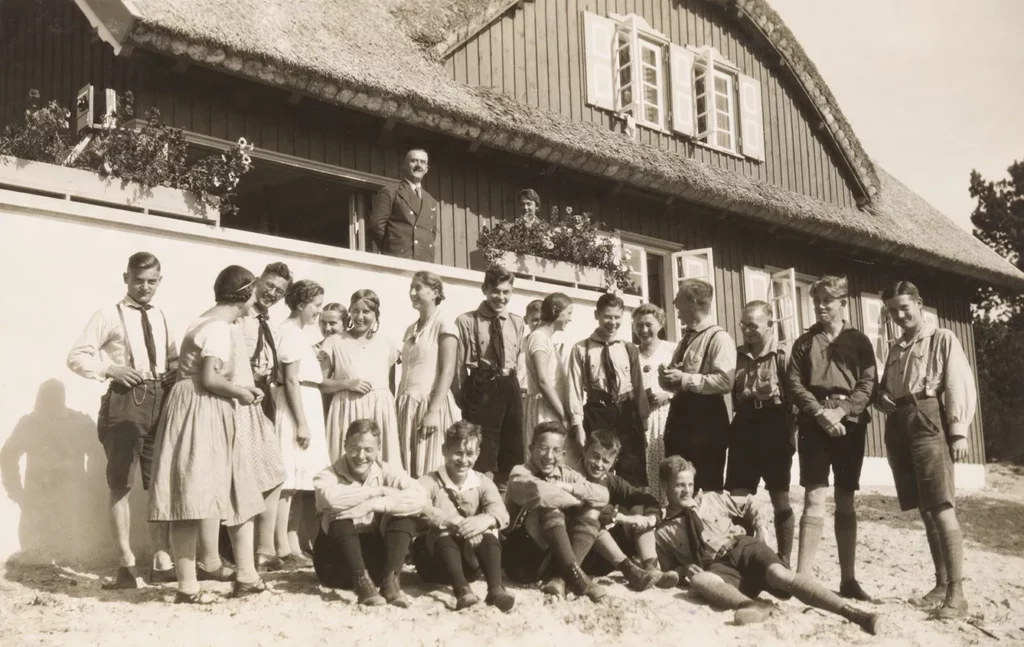
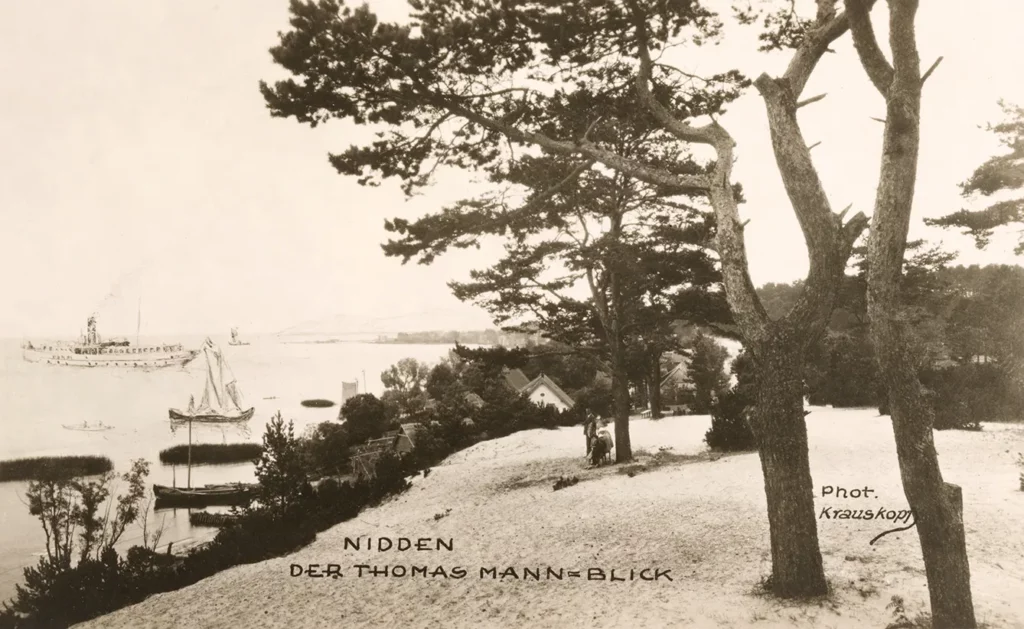
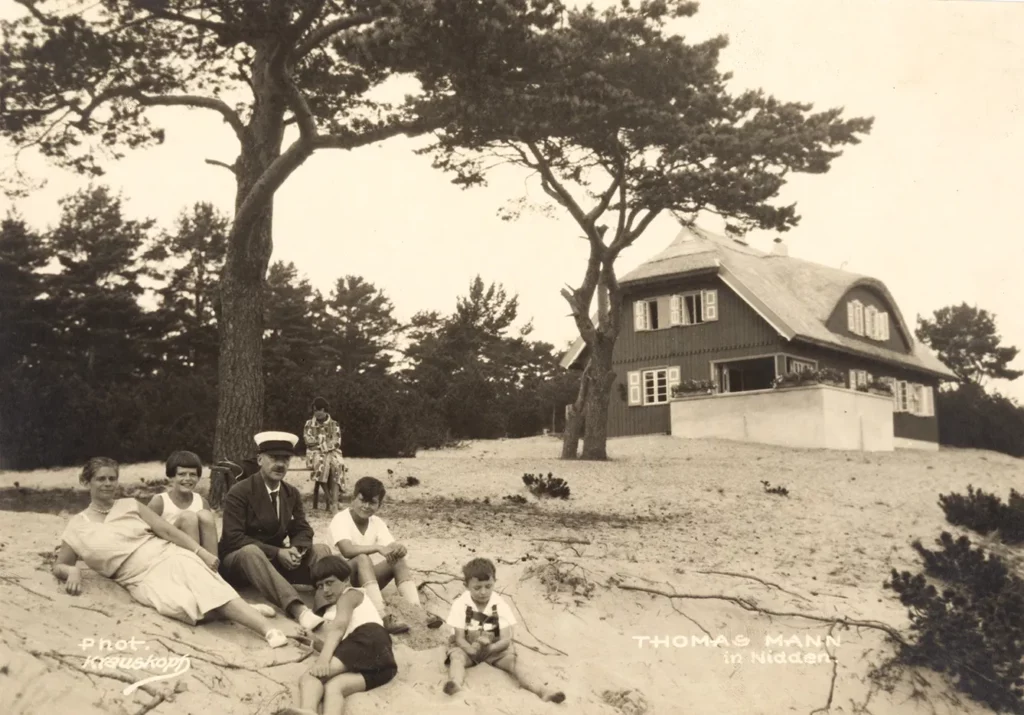
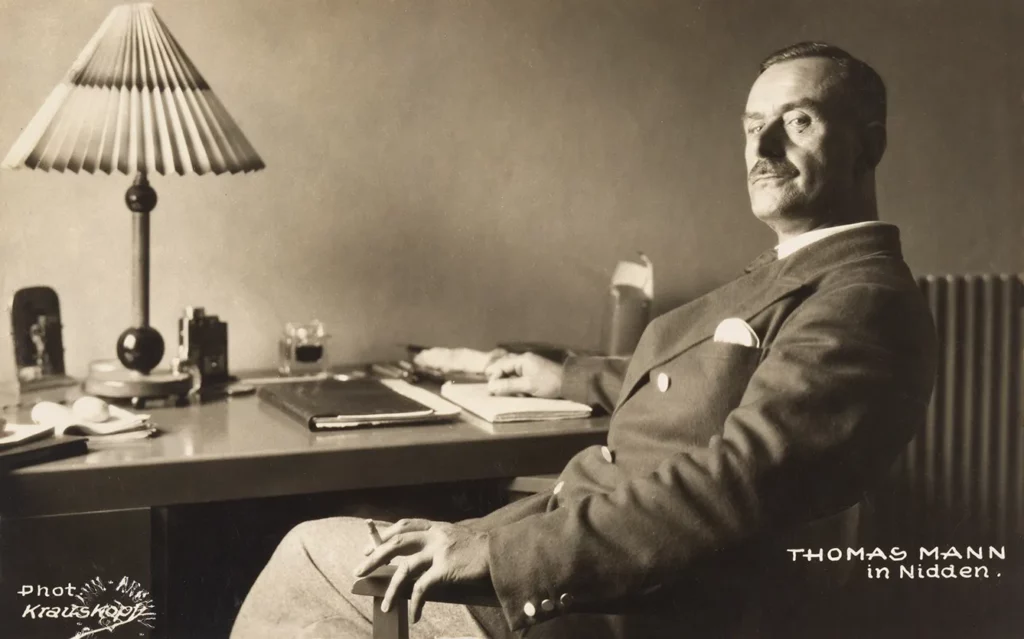
The foremost reason for that was the elegant dune landscape. In fact, the Curonian Spit is home to the highest moving sand dunes on the continent. Some of them rise even up to 60 meters above sea level, and they are still slightly drifting. At the end 18th century, the dunes even buried some settlements. Then at the beginning 19th century, it became evident that immediate action was needed. Thus, dune stabilization work has begun and has continued ever since.
However, the artists’ colony and the summers among the picturesque dune landscape did not last for long. In 1933, Hitler seized power, and Mann, who the Nazis threatened, decided to leave Germany, as did many others. By 1932, while spending his last summer on the Curronian Spit, he fully understood that the times were going to change dramatically when he received a letter with his latest book half-burnt. Just a year later, Nazis were burning books all around Germany. In 1939 the region was annexed, and the Artists’ colony disappeared for a very long time.

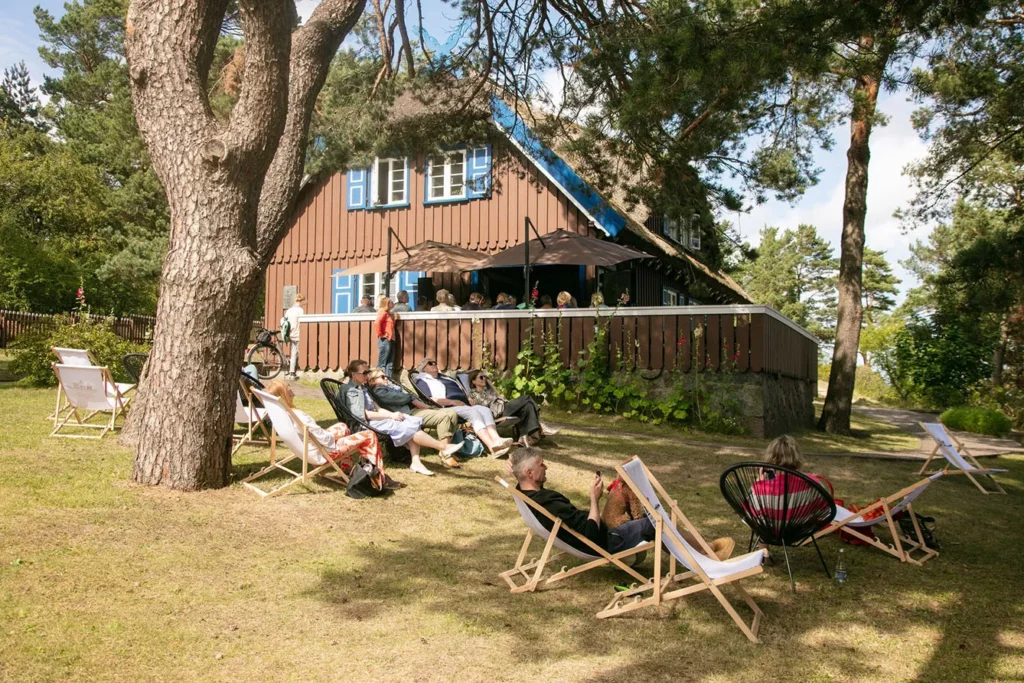
It reared again only 80 years later, in 2011, when the Vilnius Academy of Arts established the Nida Art Colony. Despite such a long break, today, it is one of the most renowned places in Lithuania where various artists – musicians, poets, filmmakers, and intellectuals, gather all year round. In addition, the International Thomas Mann Festival takes place every summer in the exact same residence where Mann worked on his novels.
Thus, the natural treasures of the Curonian Spit continue to inspire artists to this day. The impressive nature, together with many cultural artifacts and traditions, remains a source of artistic expression, and for many who have visited it at least once in their life, it remains an unforgettable experience.


